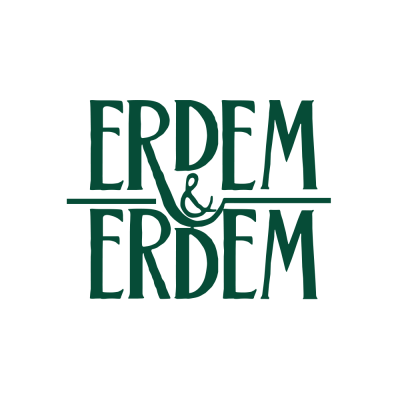Author: Yesim Tokgoz
Trademarks are the vehicles that are used to differentiate companies one from the other. They help to capture the consumers' attention. It is essential and necessary to protect trademarks that are created and improved with capital and effort, from unrightful use by third parties, and to prevent the encroachment of trademarks through confusion. One of the most efficient functions of intellectual property law is to encumber imitations, and to halt improper benefit by using the popularity of the trademarks to their consumers. On the other hand, in our daily lives, we often see trademarks that are similar, and may wonder how they co-exist at the same time. In this article, we will shed light on the reasons why similar trademarks can be registered, the criteria that cause trademark confusion, and the remedies to prevent and/or remove these infringements.
Confusion
In trademark law, confusion means the similarity of the common points of two things. Within this scope, the confusion of the trademarks is to create sameness or similarity in order to confuse the consumers. The likelihood of confusion is sufficient for the rightholders, who registered their trademarks first, to request the removal of the act. An intentional act or damage is not necessary in the existence of this type of confusion.
The Criteria of Trademark Confusion
In order to evaluate trademark confusion, there should be a similarity or sameness formed in the average consumer's mind. The average consumer is determined in line with the collocutor that the trademark addresses. The collocutor of goods that are utilizable in daily life, shall be the public; whereas, the collocutor of a glass cutting machine shall be the glass producers.
Within this scope, the evaluation is not related only to appearance. The time and the money that consumers spend in the purchase of the goods also play an important role. The sectoral consumers' possibility to confuse trademarks is considered as low since it is accepted that they conduct more research before they prefer one trademark over another, and they are, on the whole, more conscious. For the trademarks whose collocutors are the public, the likelihood of confusion is rather high, because it is accepted that the public purchases goods through impressions that are made in their minds and, thus, they do not spend much time in research and, so, the items are easily confused.
On the other hand, the likelihood of confusion increases when the trademark is distinctive or unique. The originality of the trademarks is determined in line with their base element. Auxiliary elements are not taken into account in this evaluation. The protection shall be far-reaching and powerful, so long as the base elements' meaning, words, shape, sound, color, and combination of these issues are distinctive. Thus, if the distinctiveness of the common element of the trademarks is weak, the likelihood of confusion decreases, and the protection sphere lessens.
Finally, in order that the likelihood of confusion exists, the goods that are subject to confusion shall be in the same or similar goods or services class. In other words, if the base element of the trademark that belongs to a different goods or services class are the same or similar, the likelihood of confusion does not occur. For instance, even if the common elements used in a motor vehicle and perfume are similar, this cannot be deemed as confusion, unless the trademark is well-known.
If the earlier registered trademark is well-known, the evaluation of confusion can be made even if the trademarks are for use in connection with the goods or services that are not similar to those for which the earlier trademark is registered. However, if this is the case, one of the following conditions shall be met: the use without due cause of the subsequent trademark i) would take unfair advantage of, ii) be detrimental, or there is a possibility that it may be detrimental to its distinctive character, or iii) reputation of the registered trademark.









